University Name: Early Childhood Studies IEP Planning Analysis Report
VerifiedAdded on 2023/04/25
|5
|1078
|189
Report
AI Summary
This report provides an analysis of IEP (Individualized Education Program) forms, focusing on the comparison and contrast of three specific forms: the Federal IEP form, the CT (Connecticut) IEP form, and the Connecticut State Department of Education IEP form. The report emphasizes the importance of IEPs in meeting the unmet needs of children with disabilities, highlighting the necessity of measurable and specific goals. It details the components of each form, including the statements of current academic and functional performance, the impact of the child's disability on the general education curriculum, the provision of special education services, and the methods for assessing the child's progress. The report acknowledges the differences in the forms, noting the Federal form's brevity and the CT form's comprehensive nature, which includes sections for referral and eligibility determination. The analysis also references the IDEA 200 regulation, which mandates equity, accountability, and excellence in the education for the children with disabilities. The report concludes by emphasizing the ease of use of the IEP forms for educators and parents and the holistic, strength-based approach of the Connecticut IEP form.
1 out of 5
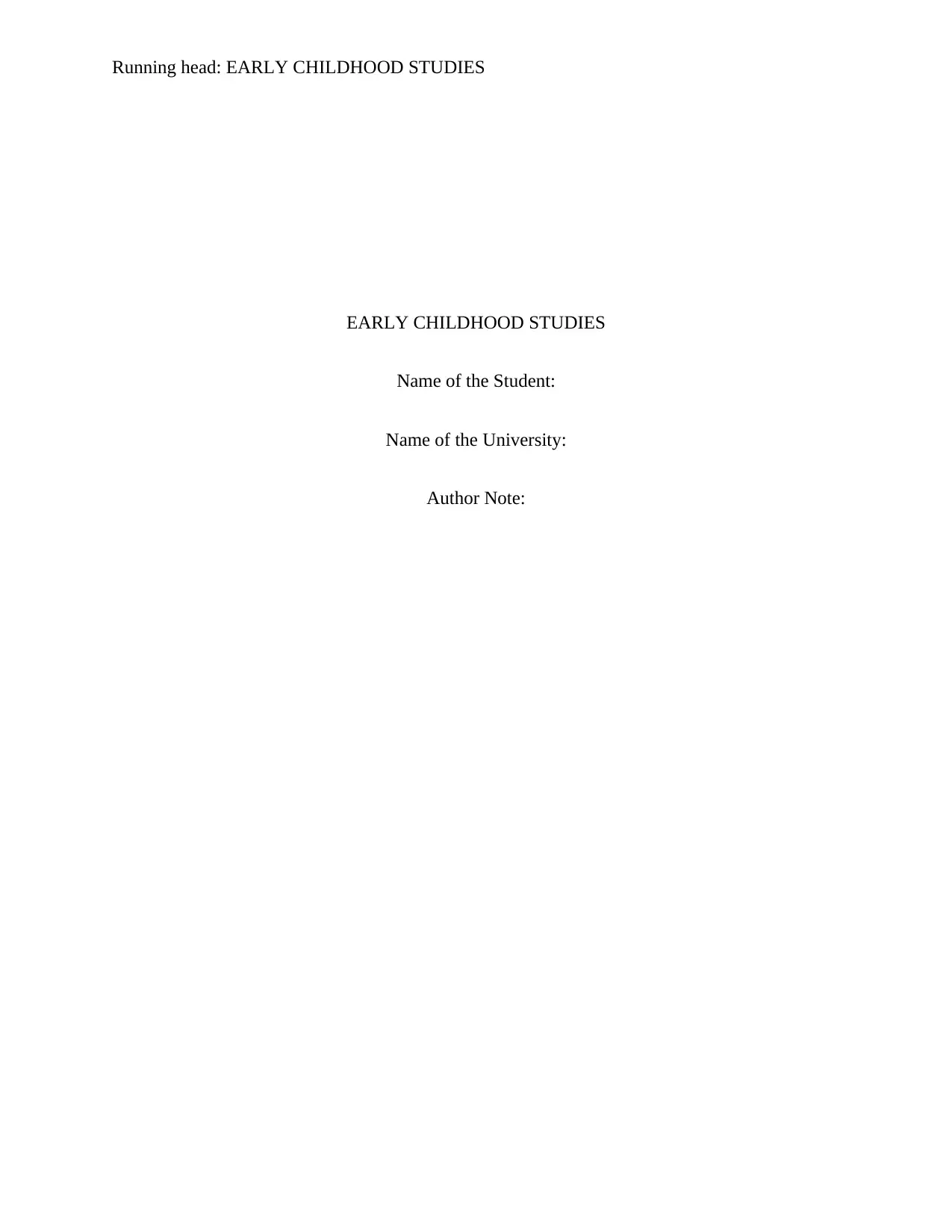
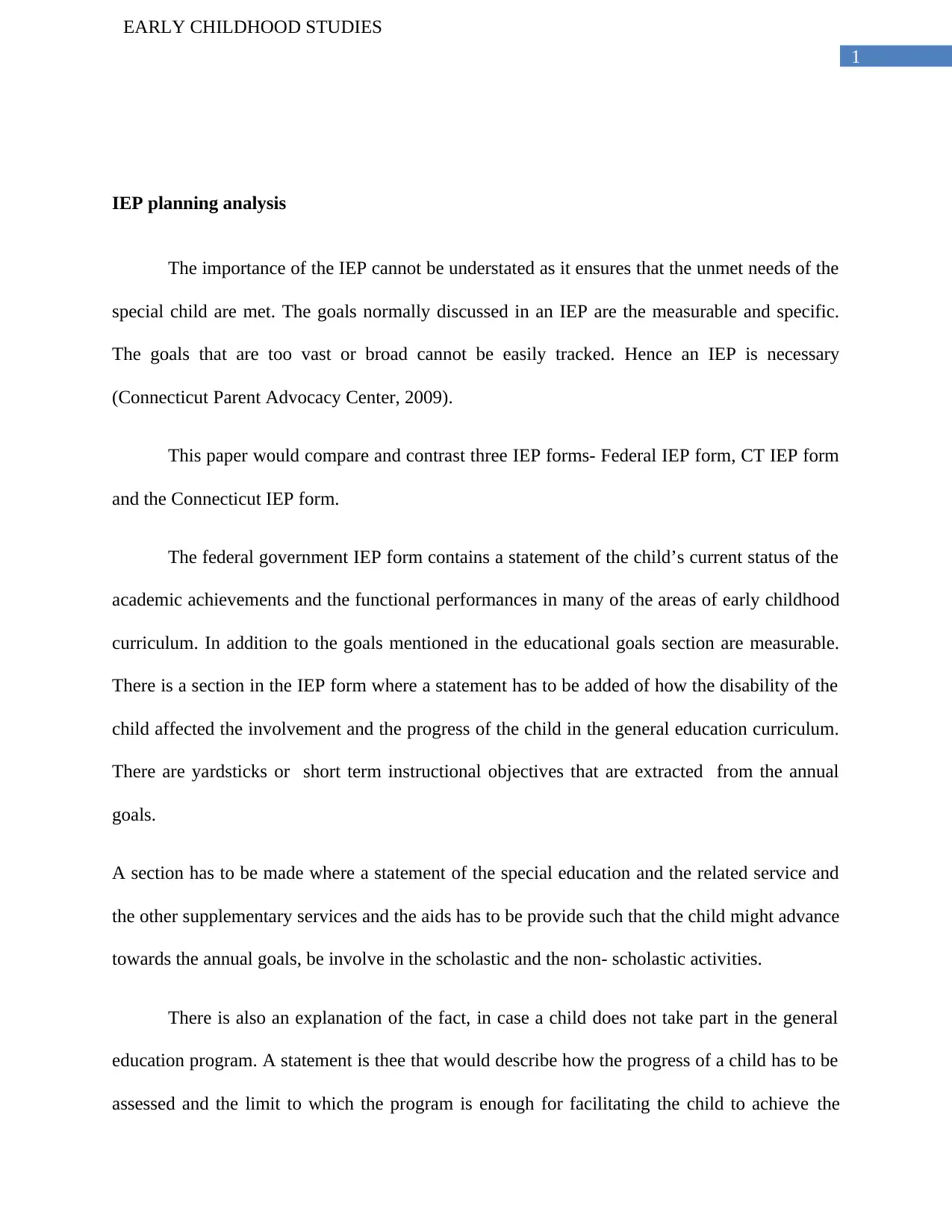
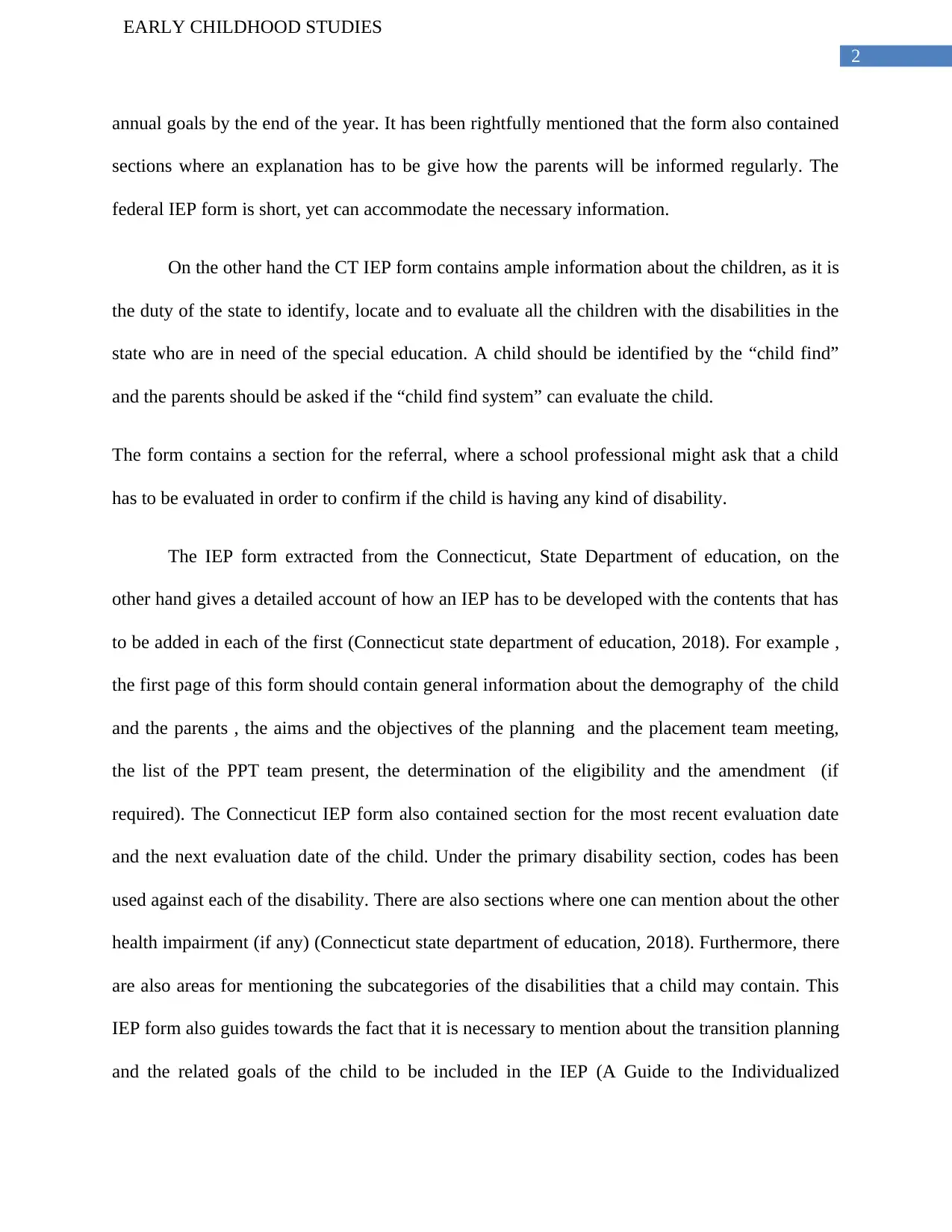

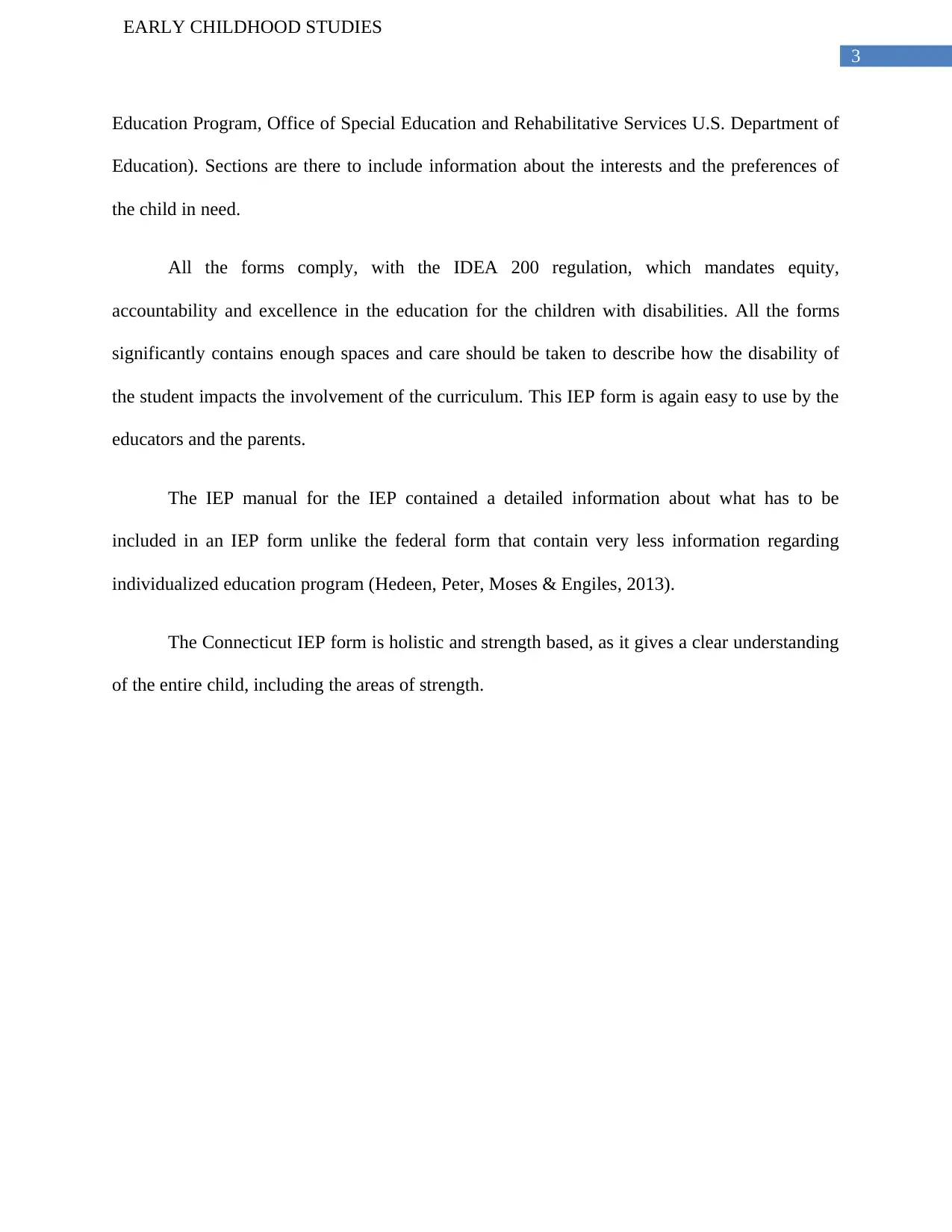
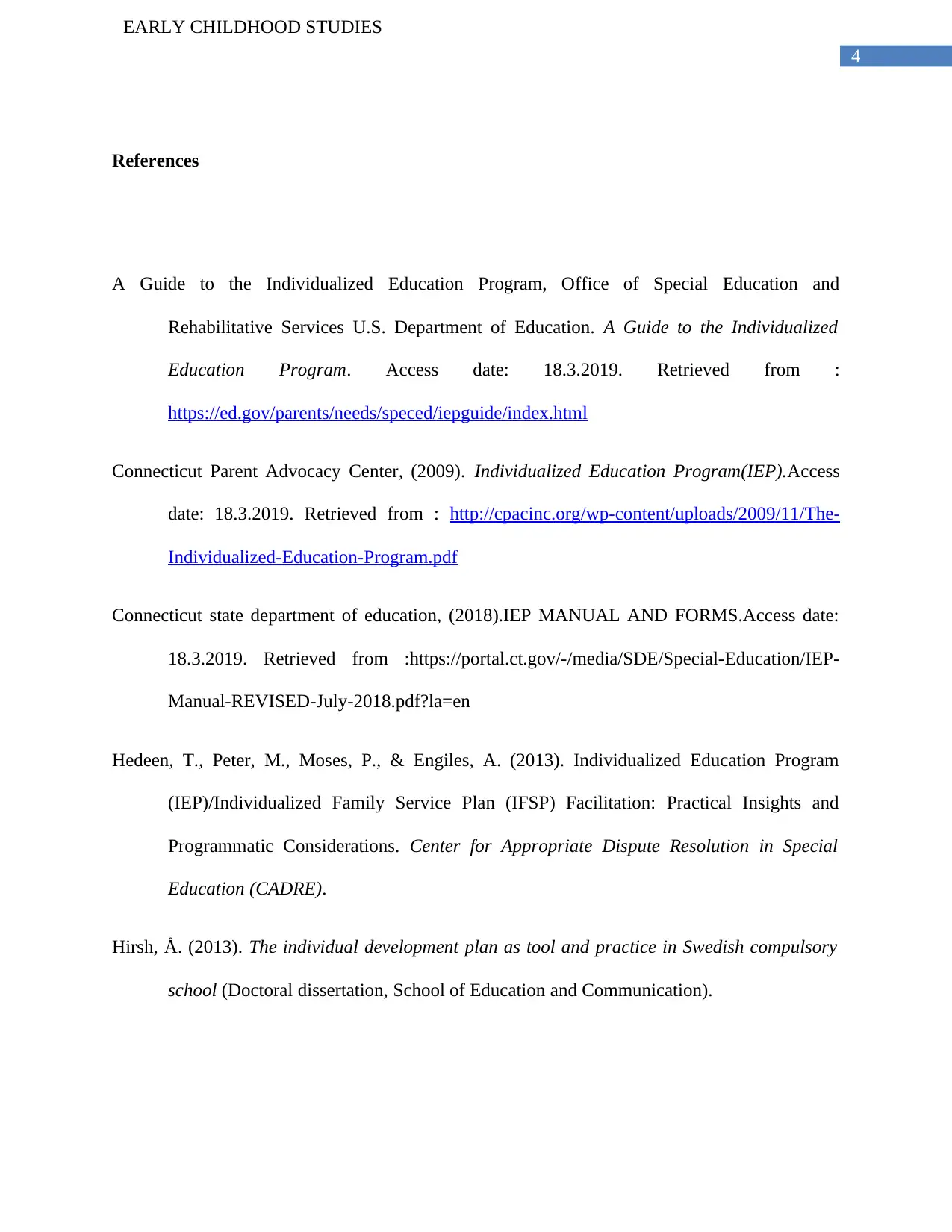






![[object Object]](/_next/static/media/star-bottom.7253800d.svg)